calsfoundation@cals.org
Damascus (Van Buren and Faulkner Counties)
| Latitude and Longitude: | 35°22’02″N 092°24’35″W |
| Elevation: | 696 feet |
| Area: | 1.86 square miles (2020 Census) |
| Population: | 382 (2020 Census) |
| Incorporation Date: | July 15, 1966 |
Historical Population as per the U.S. Census:
|
1810 |
1820 |
1830 |
1840 |
1850 |
1860 |
1870 |
1880 |
1890 |
1900 |
|
– |
– |
– |
– |
– |
– |
– |
– |
– |
– |
|
1910 |
1920 |
1930 |
1940 |
1950 |
1960 |
1970 |
1980 |
1990 |
2000 |
|
– |
– |
– |
– |
– |
– |
255 |
307 |
246 |
306 |
|
2010 |
2020 |
|
|
|
|
|
|
|
|
|
382 |
382 |
|
|
|
|
|
|
|
Damascus is a town located on U.S. Highway 65 on the county line between Faulkner and Van Buren counties. It is most known for its proximity to the Titan II missile base that operated from 1963 until 1980, when a missile explosion killed one person and injured twenty-one.
Damascus is located on a plateau between Pine Mountain Creek and Batesville Creek. Heavily timbered until the later part of the nineteenth century, the area was lightly populated for many centuries. Prehistoric stone tools are still found by farmers plowing the soil near the town.
Land records show that Elijah Cagle, Hosea King, Thomas King, and Jacob Hartwick all purchased land in northern Faulkner County in the years immediately prior to the Civil War. Local histories describe William Hutto as the first resident of the area. Arriving in 1874, he built a one-room pine cabin and began clearing land for farming. He was soon joined by other settlers, including Henry Lee, William Lee, and James Spires, all of whom acquired land in southern Van Buren County. The incipient community was at first called Hutto, but when the settlers applied for a post office in 1887, they chose instead to name the settlement Damascus, remembering a Syrian city prominently mentioned in the Bible.
The principal crop of the region was cotton. The first cotton gin was built in 1890. Corn, wheat, and oats were grown in the area, and cattle and sheep were raised. Farmers discovered the value of cotton seed as a fertilizer for corn and other vegetables and as feed for their cattle. The harvesting of pine logs also brought money to the farmers for a number of years. A kiln for making bricks was built around 1890, but the brick-making effort was soon abandoned as unprofitable. Around the same time, Alonzo Brown introduced the poultry industry to the community.
The first school in Damascus began in 1881. Students met outdoors for instruction during summer months between the planting season and the harvesting season. A Baptist church, built in 1889, was later used for instruction, until a four-room schoolhouse was built in 1900. The first high school for the area was built in 1910. The next year, Damascus participated in William Erwin Halbrook’s early experiment in school consolidation, combining resources with the schools in Martinsville (Conway and Faulkner counties) and Choctaw (Van Buren County) to create what would later be called the Southside Consolidated System.
An African-American community was established around 1890, sponsored by a Memphis, Tennessee, developer. George Chambers, who purchased land in northern Faulkner County in 1888, was one of the first black residents of the area, and he was joined by other Tennessee families who built a church and a school. The school burned in 1895 but was rebuilt at a different location. In 1917, the effort at establishing a black community was abandoned, and the black citizens left; all their property was purchased by white families.
Farmers and merchants struggled during the Great Depression in Damascus as they did everywhere else. U.S. Highway 65 was surveyed and built just west of Damascus, and many businesses relocated to the highway. The Damascus Gymnasium was built in 1933 and is listed on the National Register of Historic Places. A large Civilian Conservation Corps (CCC) camp was also built next to the highway, dramatically increasing the population of the town. Telephone lines were then installed, connecting Damascus to Quitman (Cleburne County). The post office was relocated to a position on the highway in 1948.
Construction began on a Titan II missile base north of Damascus in 1961; the site became active on December 18, 1963. A fuel leak on January 27, 1978, required evacuation of some area residents, four of whom were taken to the Little Rock Air Force Base in Jacksonville (Pulaski County) for medical observation and treatment. An explosion on September 19, 1980, killed one airman and injured twenty-one other personnel. Some thought was given to repairing the installation, but instead debris and contaminated water were removed, and the missile silo was closed.
Damascus is also near the Gus Blass Scout Reservation, a Boy Scout Camp of 3,000 acres maintained by the Quapaw Area Council. Several businesses continue to operate along the highway, including a hardware store, a lumber store, two auto parts businesses, a feed and supply store, and two restaurants. Damascus is home to three Baptist churches, a Church of Christ that was built in 1917, and a Methodist church that was built in 1947. In 2017, Damascus was found to be in violation of the state’s speed trap laws and ordered to cease patrols along the highway.
Noted journalist and higher education administrator John Louis Ward was born in Damascus.
For additional information:
Brown, William A. “Damascus…” Faulkner Facts and Fiddlings 6 (Spring 1964): 5–11, 14–16.
Ryman, Eleanor Bowling, et al. Van Buren County History. Conway, AR: River Road Press, 1976.
Steven Teske
Butler Center for Arkansas Studies
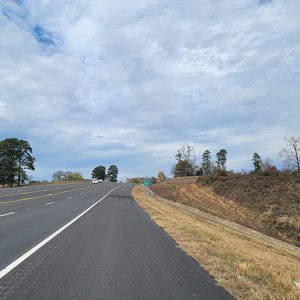
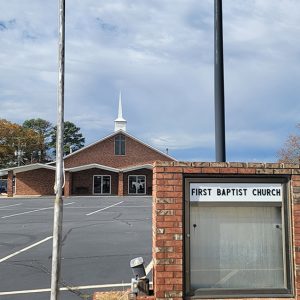
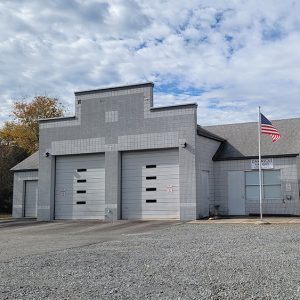
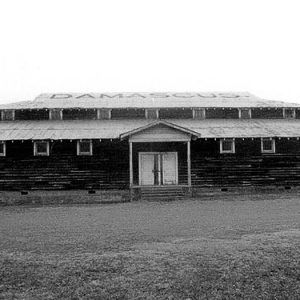
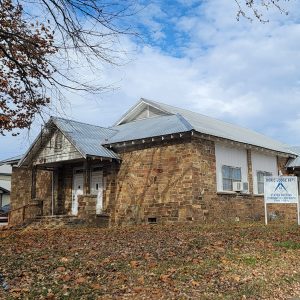
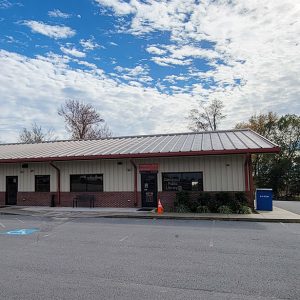
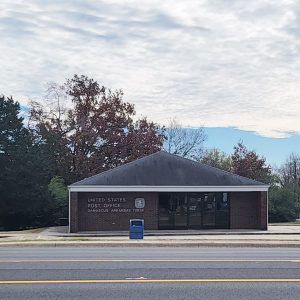
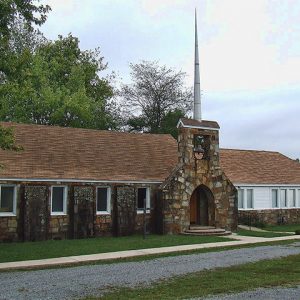
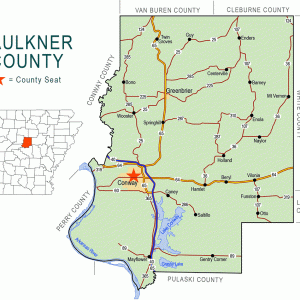
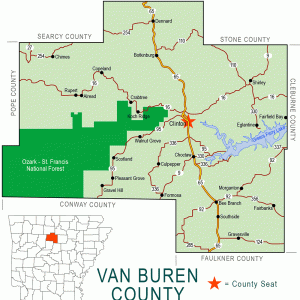




Comments
No comments on this entry yet.